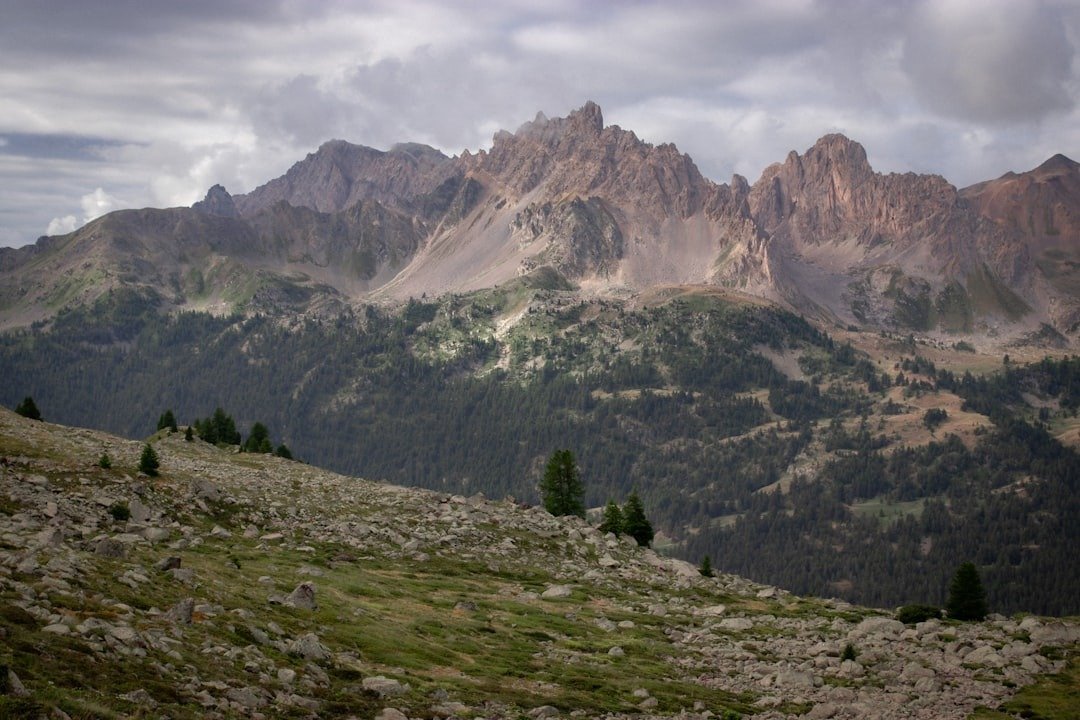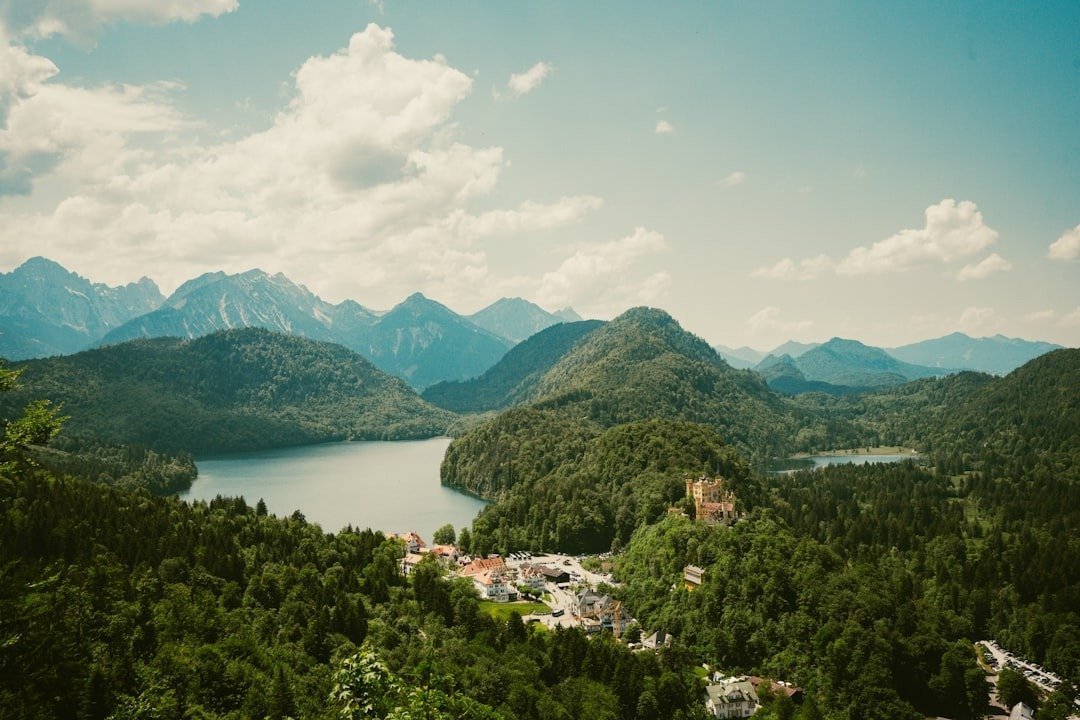
“`html
Introduction to Hiking in Germany
Germany stands as a premier destination for hiking enthusiasts, boasting a kaleidoscope of natural landscapes that cater to both novices and seasoned hikers. From the rolling hills of the Rhine Valley to the dense, mysterious forests of the Black Forest, and from the towering Alpine peaks to the tranquil serenity of the Bavarian lakes, Germany’s topographical diversity is second to none. This stunning variation provides hikers with a rich tapestry of environments to explore.
Perhaps one of the most remarkable features of hiking in Germany is the extensive network of well-marked trails. With over 200,000 kilometers of hiking paths, Germany ensures that your adventure can be as structured or as spontaneous as you desire. Trails are clearly signposted, often with detailed maps available, making navigation straightforward even in the more remote regions. Moreover, these trails often lead hikers through not only natural beauty but also charming villages, historic landmarks, and cultural sites, offering a comprehensive experience of the country’s rich heritage and breathtaking landscapes.
Accessibility is another key factor that sets Germany apart as a hiking haven. Regional and local transportation systems are well-developed, facilitating easy travel to and from starting points of numerous trails. Whether you arrive by train, bus, or car, getting to the heart of Germany’s hiking regions is convenient and straightforward.
The best times to hike in Germany are generally in the spring (April to June) and autumn (September to October). During these periods, the weather conditions are often ideal, with temperate climates and reduced chances of rainfall. Spring offers lush greenery and blooming flowers, whereas autumn provides vibrant, scenic foliage. However, each season brings its own unique charm, ensuring that Germany’s hiking trails remain inviting year-round. Regional variations might mean snow-capped peaks in the Alps during winter or sunny vineyard strolls in the summer, each offering a unique hiking experience.“`
Germany, with its diverse landscapes and rich natural beauty, offers some of the most mesmerizing hiking destinations in Europe. Among these, the Black Forest, the Bavarian Alps, and Saxon Switzerland National Park stand out as top choices for hiking enthusiasts.
Black Forest (Schwarzwald)
The Black Forest, or Schwarzwald, is renowned for its dense woodlands, enchanting trails, and panoramic views. It offers a variety of trails that cater to both novice and experienced hikers. One of the notable paths is the Westweg, a long-distance trail that spans the entire length of this forested region. Hikers can immerse themselves in lush greenery, mystical valleys, and serene lakes, discovering charming villages and traditional German hospitality along the way. The region’s blend of nature and culture makes it a quintessential retreat for those seeking tranquility and adventure.

Bavarian Alps
The Bavarian Alps provide some of Germany’s most challenging and rewarding hiking experiences. With their rugged terrain and spectacular mountain vistas, the Alps are a haven for avid hikers seeking an invigorating trek. Trails like the Zugspitze, Germany’s highest peak, offer thrilling ascents and remarkable alpine scenery. Hikers can explore paths that wind through alpine meadows, rocky peaks, and secluded valleys. The picturesque beauty of locations such as Berchtesgaden National Park, with its pristine environment and diverse wildlife, ensures an unforgettable adventure.

Saxon Switzerland National Park
Saxon Switzerland National Park, located near Dresden, captivates visitors with its unique rock formations and idyllic landscapes. Famous for its sandstone cliffs and labyrinthine gorges, the park is a paradise for those who appreciate geological wonders. The Malerweg Trail offers a journey through breathtaking scenery, including deep canyons, mystical forests, and picturesque river valleys. This national park not only attracts hikers but also appeals to climbers and nature photographers drawn to its dramatic views and tranquil atmosphere. Exploring Saxon Switzerland can be a deeply fulfilling experience for anyone inclined toward nature’s artistry.
Whether it’s the mystical allure of the Black Forest, the lofty heights of the Bavarian Alps, or the stunning terrain of Saxon Switzerland, Germany offers a plethora of hiking destinations that promise to enchant and inspire.
Essential Gear and Preparation Tips
Preparing for a hiking trip in Germany can be an exhilarating adventure if approached with the right mindset and preparation. The journey to Germany’s scenic trails begins with packing the essential gear. Proper footwear is paramount; sturdy hiking boots with good ankle support and a solid grip provide stability and comfort over rugged terrains and varied landscapes. Weather conditions in Germany can be unpredictable, making it crucial to layer clothing. Opt for moisture-wicking base layers, insulating mid-layers, and waterproof outer layers to suit climatic changes during the hike.
Navigational tools are critical components of your hiking arsenal. Always carry detailed maps or a reliable GPS device to track your route and ensure you stay on course. Modern GPS devices often come with preloaded trail maps of Germany’s hiking routes, but having a printed map as a backup is advisable. Don’t forget essential supplies like sufficient food and water, aiming for high-energy snacks and at least two liters of water per person to maintain energy levels and prevent dehydration.
Safety should never be an afterthought. Prior to embarking on your hike, check the local weather forecasts and be aware of any abrupt changes in conditions. Understanding the difficulty level of the trail you plan to hike is equally important to avoid overestimating your capabilities. Equipping yourself with basic first-aid knowledge and a compact first-aid kit can make a significant difference in handling minor injuries or emergencies effectively.
Physical and mental preparation are as vital as having the right gear. Engaging in regular physical exercise builds the stamina necessary for hiking, while mental preparation helps manage unexpected challenges on the trail. Whether you’re planning a day hike or an extended multi-day trek, gradually intensify your training regime to match the demands of the hike. Incorporate activities like brisk walking, trail running, or weighted backpack walks to enhance your fitness level.
With meticulous planning and the right equipment, your hiking expedition in Germany can transform into a memorable outdoor experience, allowing you to fully embrace the natural beauty awaiting along Germany’s extensive trail networks.“`html
Cultural and Environmental Considerations
Hiking in Germany extends beyond traversing picturesque landscapes; it is equally a journey through cultural and environmental realms. Respect for local customs and traditions enriches the hiking experience. One such tradition is greeting fellow hikers with a friendly ‘Grüß Gott’ or ‘Hallo’, a gesture that fosters a sense of community among nature enthusiasts. Engaging in this simple practice not only acknowledges the presence of other hikers but also eases the flow of interactions on the trails.
Environmental stewardship is paramount when exploring Germany’s natural wonders. The principles of Leave No Trace serve as a guiding framework for minimizing human impact on these pristine areas. Hikers should ensure that they leave the trails in the same condition they found them, refraining from littering and properly disposing of waste. Staying on designated trails is crucial for protecting the delicate ecosystems and wildlife habitats that thrive in these regions. Foot traffic off designated paths can erode soil, damage vegetation, and disrupt the natural balance.
Moreover, hikers can contribute positively to local economies by visiting nearby villages and supporting local businesses. This not only amplifies the cultural immersion but also sustains the local communities that maintain and manage the trail systems. Patronizing local eateries, shops, and lodging facilities creates a symbiotic relationship between hikers and residents, fostering economic resilience and cultural exchange.
Balancing the enjoyment of Germany’s stunning landscapes with responsible hiking practices involves a mindful approach to nature and culture. Practical advice for hikers includes carrying reusable containers to minimize waste, respecting wildlife by observing from a distance, and adhering to specific regulations set by national parks and nature reserves. By integrating these considerations, hikers can ensure their adventures are sustainable and respectful, preserving the beauty and integrity of Germany’s hiking destinations for future generations.“`

